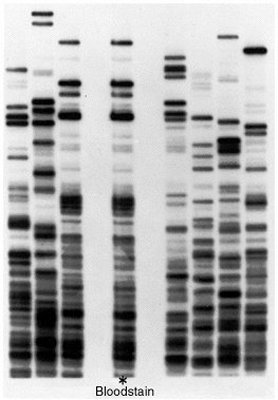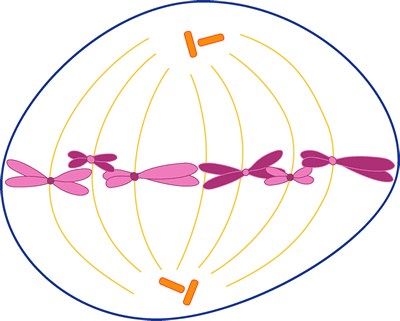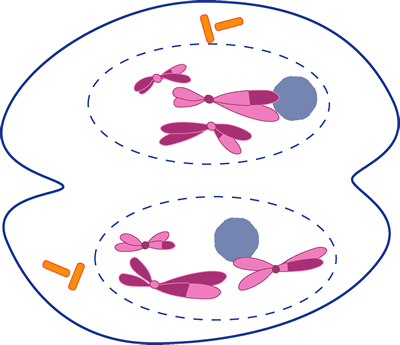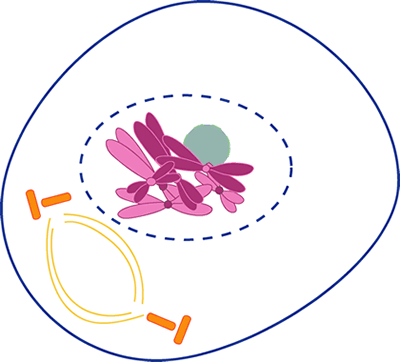The only exception are identical twins because they have the exact same genes and cells.
2. What are DNA fingerprints used for?
DNA fingerprints are used to determine the parents of a child and to identify the suspect in a crime.
3. What "crime" was committed?
An unknown person broke into Jimmy Sweets room. The crime was committed on November 1, at about 8:15. Jimmy's NOVA lollipop was removed from an air-tight bag. Jimmy thinks that it is one of his sisters.
4. What bodily fluid was removed from the "crime scene" to get DNA?
Saliva was removed from the crime scene. They were able to get the saliva because the lollipop was licked.
5. What does a restriction enzyme do?
Restriction enzymes cut DNA strands. The enzymes are influenced by the code within the DNA molecule. The length of the DNA strands vary from person to person.
6. What is agarose gel?
Agarose gel is a very dense liquid when it is hot but then feels like Jello when it is cold. It acts as a strainer to sort the larger and smaller pieces of DNA.
7. What is electrophoresis?
Electrophoresis moves molecules using electric currents. The smaller molecules move faster than the larger ones. Electrophoresis is particularly useful in solving crimes because the suspects' DNA and the evidence will all move, but the ones that moved exactly the same are the match.
8. Smaller fragments of DNA move __________ than longer strands.
Smaller fragments of DNA move faster than longer strands.
9. Why do you need to place a nylon membrane over the gel?
Agarose gel is very flimsy and breakable wich makes it very difficult to work with. They nylon membrane sucks up the DNA so that it can be more easily examined.
10. Probes attach themselves to ___________?
Probes attach themselves to DNA fragments on the nylon membrane.
11. Which chemical in the virtual lab is radioactive?
Probes
12. Sketch your DNA fingerprint.

13. Based on your DNA fingerprint, who licked the lollipop?
Honey Sweet licked the lollipop.
14. What kins of things could you do at the DNA workshop?
I was able to see the replication process in the DNA workshop. I now know how to match up base pairs as well.


